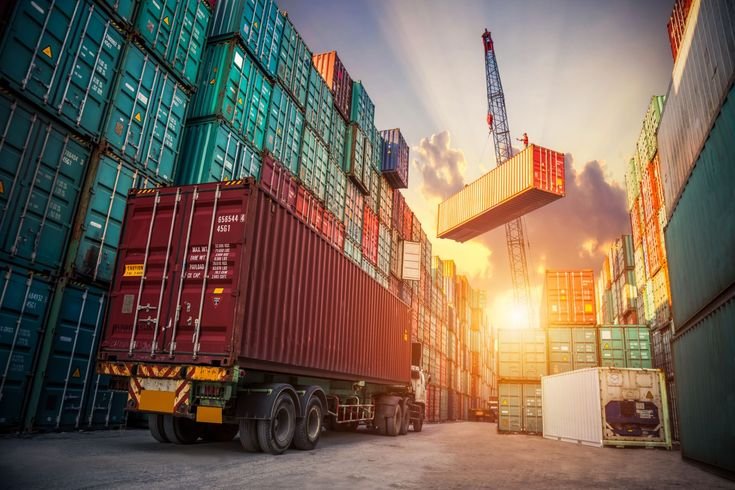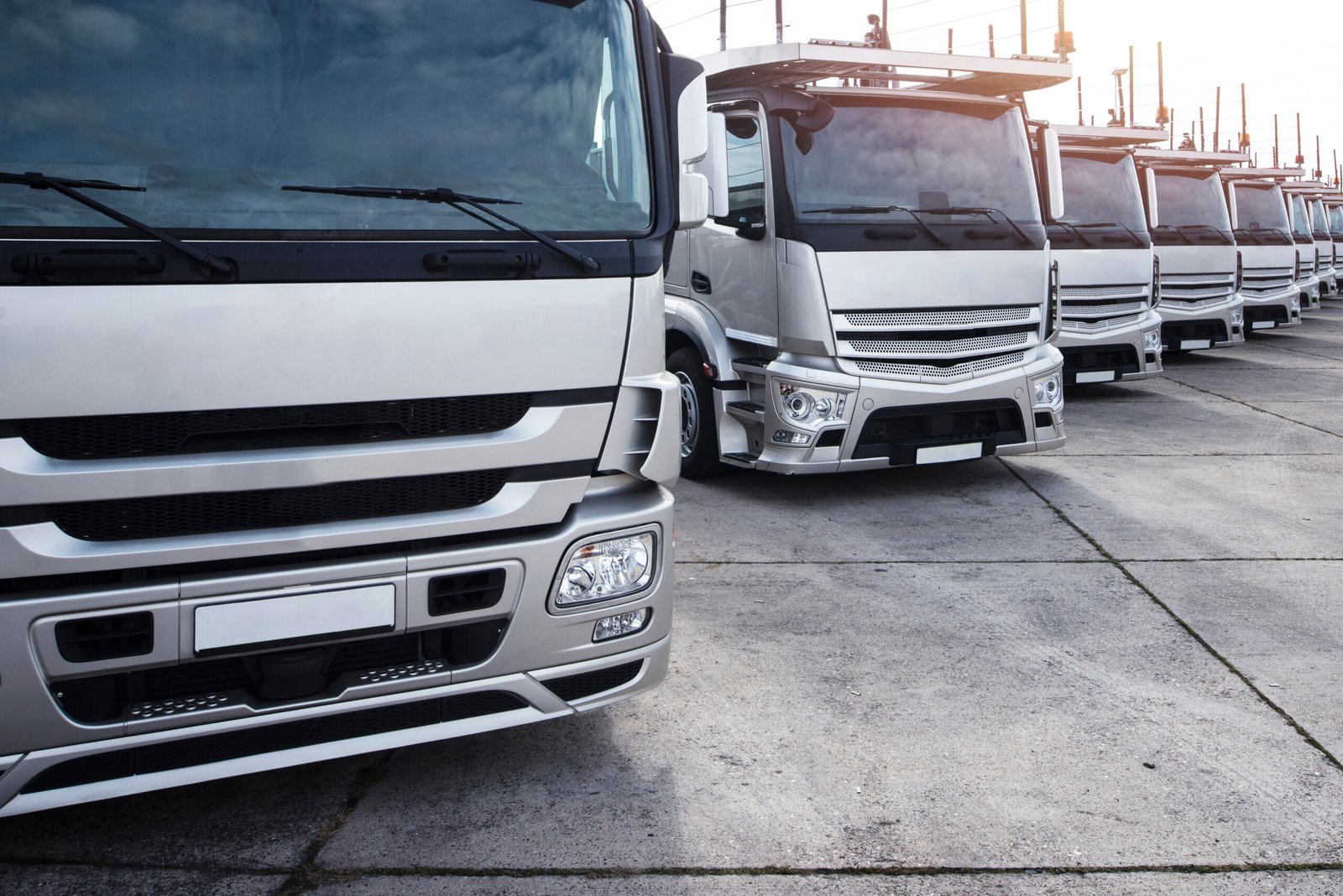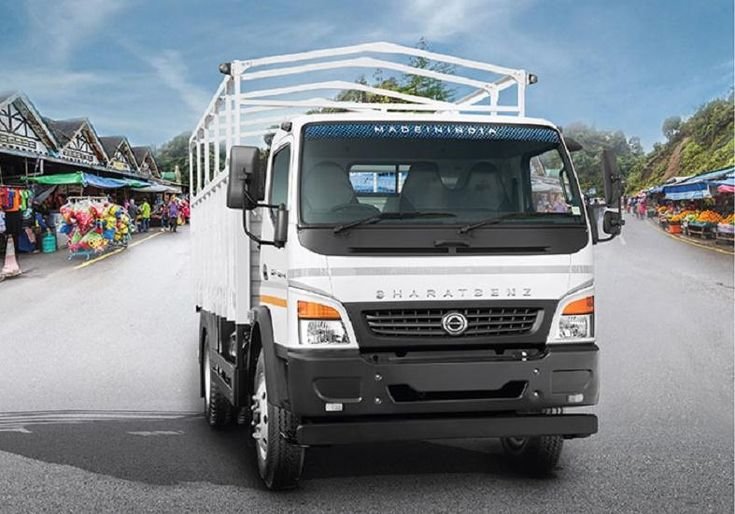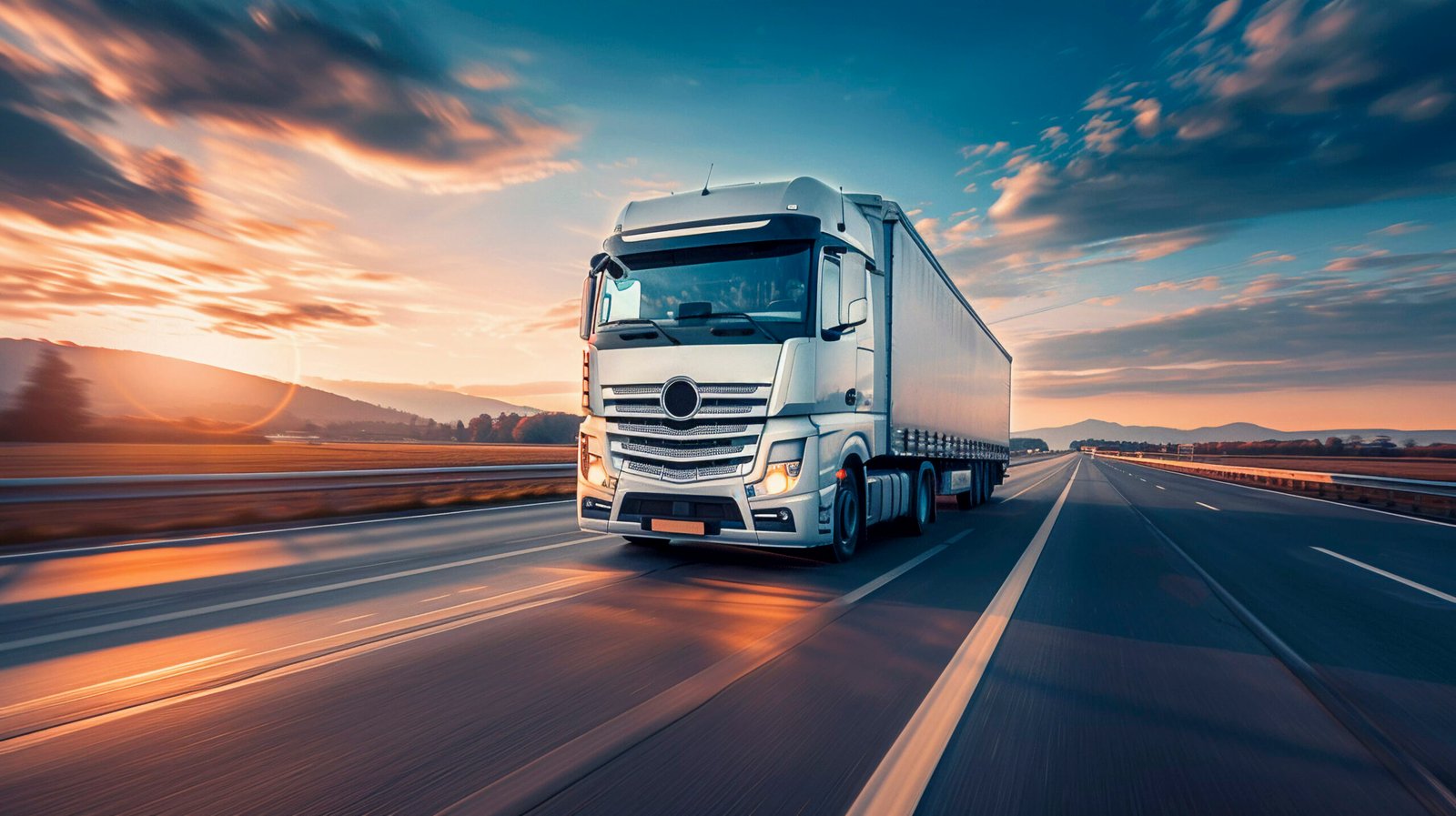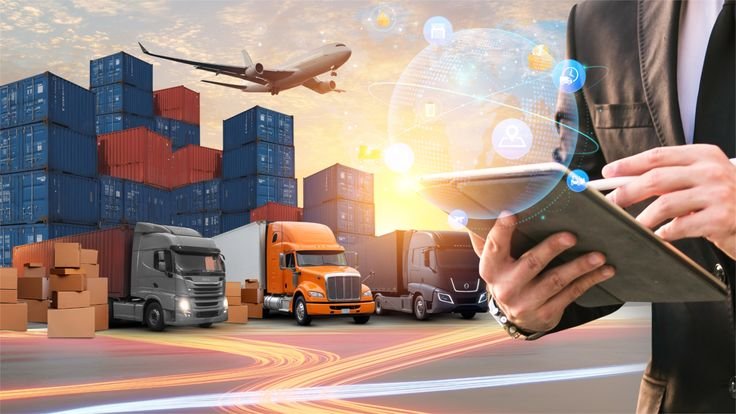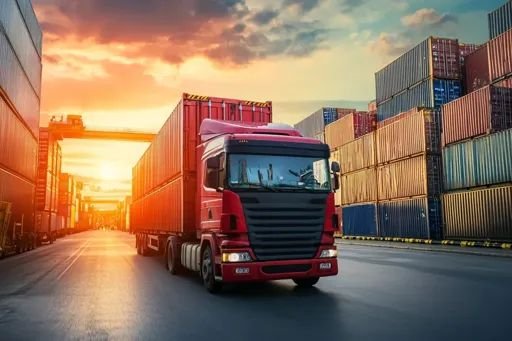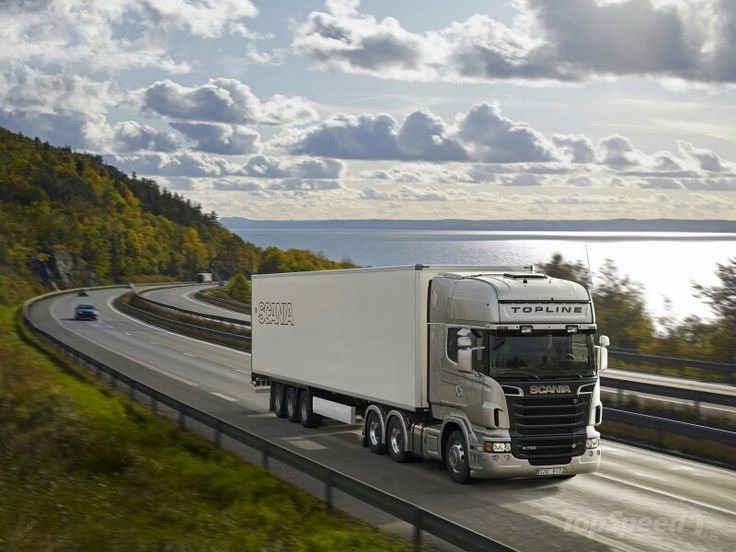How I Boosted My Logistics Performance (And How You Can Too)
Let me take you back a few years.
I was managing logistics for a mid-sized company dealing in FMCG goods. On paper, things were “okay,” but behind the scenes? It was chaos. Deliveries were late, warehouses were messy, and customer complaints were slowly killing our reputation.
That’s when I realized something had to change.
Over the past few years, I’ve tested tools, tweaked systems, and made mistakes—but ultimately, I figured out a system that works. So, I’m sharing it here. Whether you run a logistics business, manage operations, or are just getting started, these insights might just save your sanity.
1. Route Optimization Was a Game Changer
In the early days, I relied on my drivers’ “experience” to decide routes. Big mistake.
We eventually started using a route optimization tool (I personally loved OptimoRoute, but there are many out there). Within a week, fuel costs dropped, and ETAs became predictable. No more endless calls from customers asking where their delivery was.
My tip: Don’t guess. Let data do the driving.
2. I Embraced Warehouse Automation (Not Robots, Just Smart Tech)
No, I didn’t invest in shiny warehouse robots. But I did implement a basic Warehouse Management System (WMS) that helped track inventory better than my old spreadsheet ever could.
We cut down mis-picks by over 30%, and my staff actually thanked me. That never happens.
3. Training My Team Wasn’t Optional – It Was Essential
For the longest time, I thought the problem was “laziness.” Turns out, it was confusion. Once I started holding short weekly training sessions, things changed. The warehouse team got faster, safer, and actually started enjoying their jobs again.
Lesson learned: Invest in your people, not just your process.
4. Real-Time Tracking Changed Everything
Before real-time tracking, deliveries were a black hole. We’d send trucks out and cross our fingers.
Now? We know exactly where each vehicle is, and so do our clients. It’s amazing what a simple tracking link can do for trust.
Pro tip: Even basic GPS tracking goes a long way. No need for enterprise-level solutions at first.
5. Small Wins Added Up
- I moved my most frequently picked items closer to the dispatch bay.
- I set reorder alerts to avoid stockouts.
- I made checklists for loading/unloading so nothing got missed.
None of these are revolutionary—but when you stack them, they make a difference.
6. I Stopped Ignoring the Last Mile
If you’ve ever run deliveries in a city, you know: the last mile is often the most expensive and unpredictable part.
We experimented with micro-fulfillment and even partnered with a local food delivery startup to help during festivals. It was scrappy, but it worked.
Now, our last-mile deliveries are 20% faster and a whole lot cheaper.
7. KPIs Became My Compass
I used to make decisions based on gut feeling. Now I look at a few key numbers every Monday morning:
- On-time delivery %
- Fulfillment accuracy
- Cost per km
- Inventory turnover
It keeps me grounded. Numbers don’t lie.
Final Thoughts: Logistics Isn’t Just Trucks and Warehouses
It’s a living, breathing system. When one part lags, the whole machine slows down. But the good news? You don’t need to fix it all at once.
Start small. Pick one area—routes, tracking, training—and start improving. Then move to the next. Keep going.
Today, my logistics operation runs smoother than ever. And yours can too.
If you ever feel stuck, just remember: progress beats perfection.
Got questions? Or tips of your own? I’d love to hear them. Drop a comment below or message me—let’s learn from each other.
